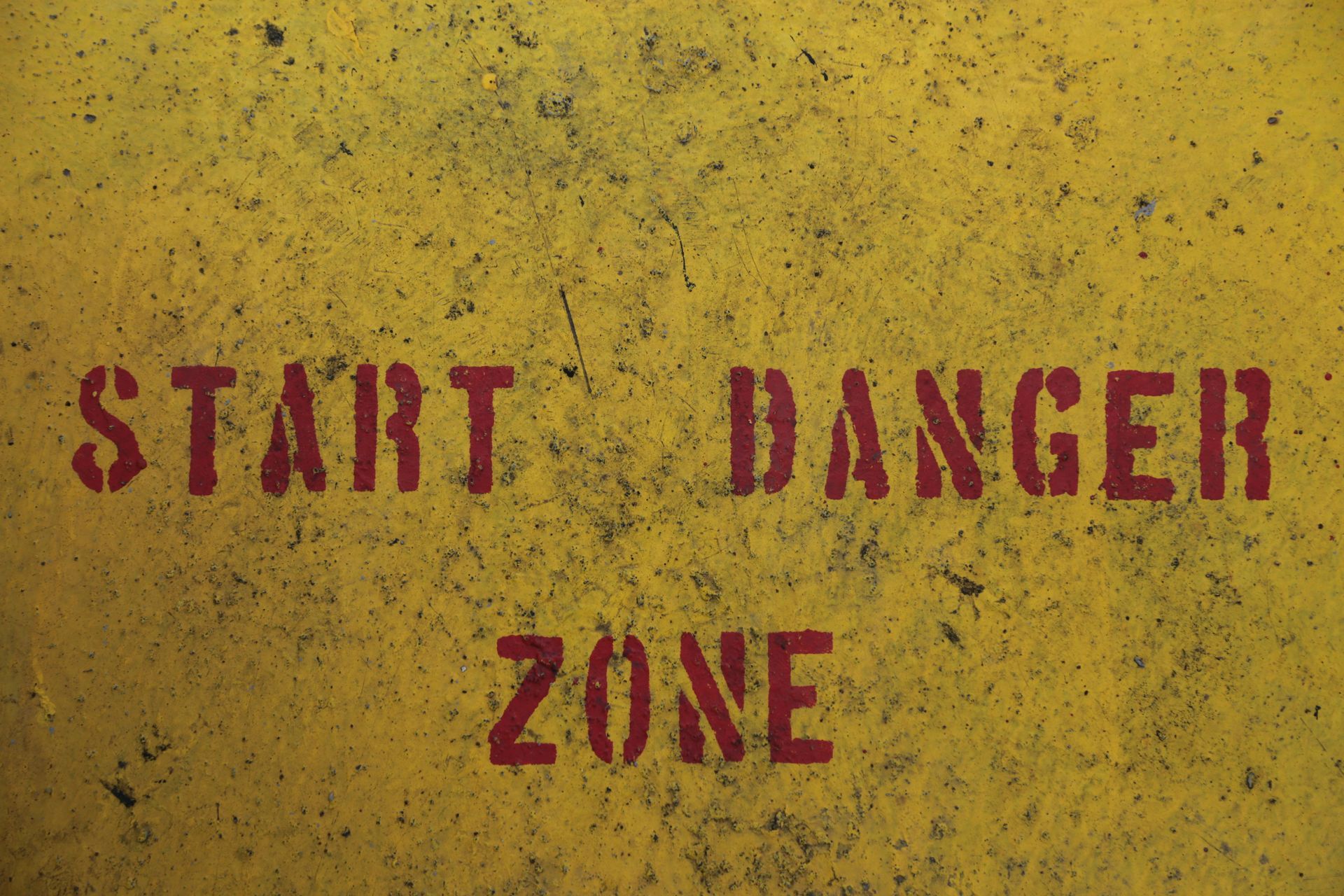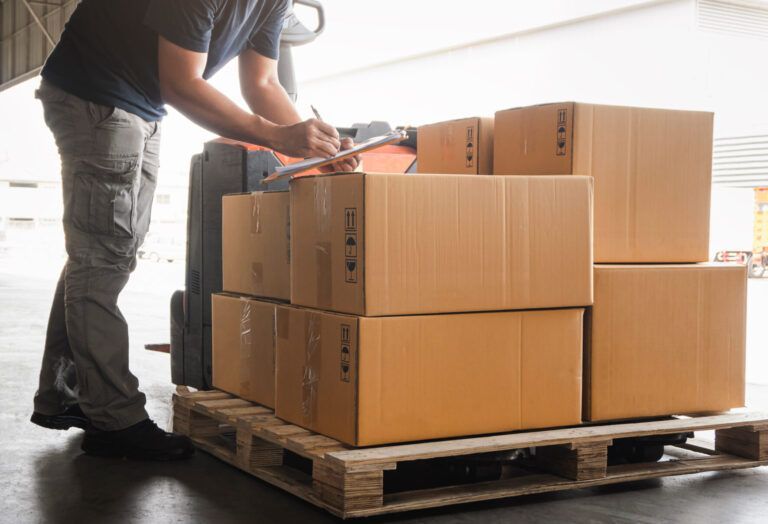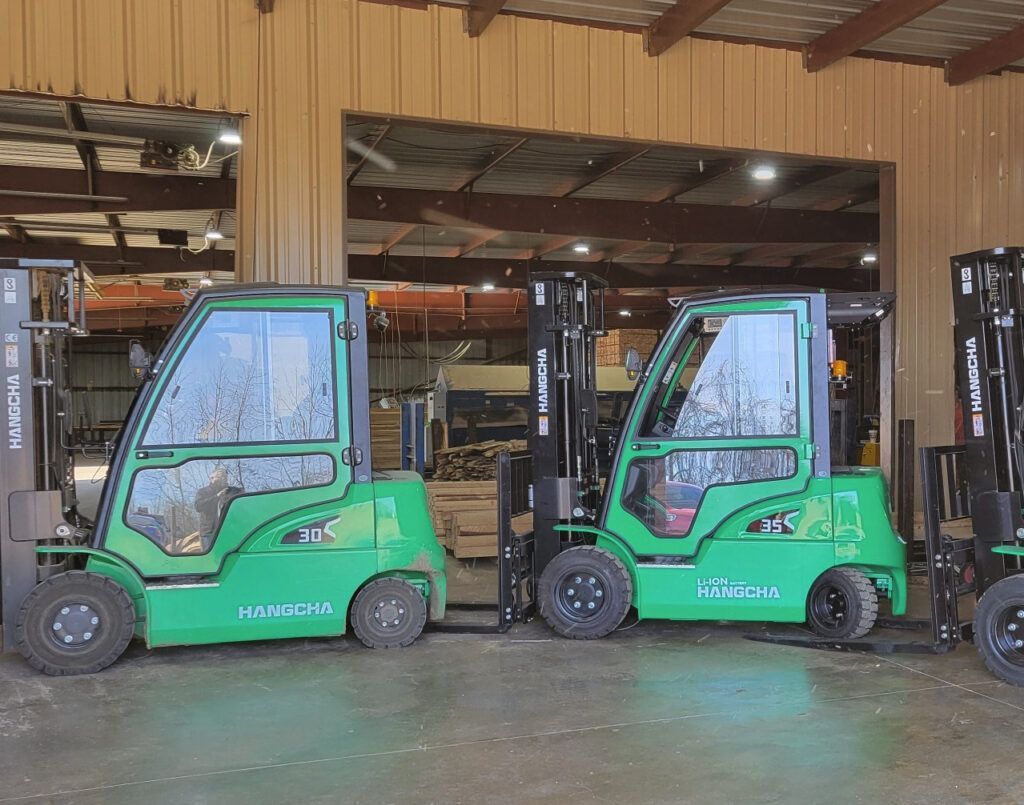The Essential Training Checklist for Your Team
Running a successful warehouse operation is no small feat, and one of the keys to success is adequately training your warehouse team on all aspects of the job. From forklift safety to sanitation and cleaning practices, every team member must know how to perform their job safely and efficiently. To help ensure that your warehouse team is trained correctly, here is an essential training checklist that covers some of the most critical areas of warehouse operations.
Forklift Safety
Forklifts are essential in any warehouse operation but can also be dangerous if not operated correctly. Ensuring that all employees operating forklifts receive proper training before using them is crucial. Training should cover topics such as forklift operation, loading and unloading, and inspection and maintenance. It’s also vital to teach forklift operators about load capacity limits, the dangers of overloading, and the importance of maintaining a safe distance from pedestrians and other vehicles.
OSHA has specific standards for forklift training, and ensuring that your training program meets these standards is important. For example, OSHA requires that forklift operators receive formal instruction, practical training, and an evaluation of their skills before they’re allowed to operate a forklift.

Scissor Lift Safety
Scissor lifts are another standard piece of equipment in many warehouses, and they also come with their own set of safety concerns. Proper scissor lift operation, maintenance, and inspection training are essential to prevent accidents and injuries. Like forklifts, scissor lifts have specific load capacity limits, and operators need to be aware of these limits to avoid accidents.
OSHA has specific standards for scissor lift training as well. For example, operators must receive both classroom and hands-on training, and they must demonstrate their skills before they’re allowed to operate a scissor lift.
Sanitation and Cleaning Practices
A clean and organized warehouse is not only more efficient but also safer. Employees need to be trained on proper sanitation and cleaning practices to prevent the spread of germs and maintain a safe and healthy work environment. This includes properly disposing of waste, cleaning spills, and keeping work areas organized and clutter-free.
OSHA has specific standards for sanitation and cleaning practices in warehouses, and it’s crucial to ensure that your training program meets these standards. For example, OSHA requires that warehouses have a written sanitation program and that employees receive training on the program and how to implement it.
Loading Dock Safety
Loading docks are a high-traffic area in many warehouses, and they can also be dangerous if proper safety precautions aren’t taken. Employees must train on loading and unloading procedures, including securing loads properly and using equipment like dock levelers and dock plates. Training employees to properly use personal protective equipment (PPE) when working on the loading dock is also essential.
OSHA requires that employees receive training on safely operating loading dock equipment and recognizing and avoiding common hazards like slipping and falling. You must inspect the dock doors often to help prevent accidents, especially high-speed ones.

Warehouse Organization
A well-organized warehouse is not only more efficient but also safer. Employees should train on proper warehouse organization techniques, including how to store and handle products, maintain inventory accuracy, and use equipment like pallet racks and shelving units. Many warehouses are experimenting with advanced, cloud-based inventory systems and automation. Taking advantage of new organizational technologies will help your warehouse remain efficient, safe, and effective.
OSHA requires that warehouses have a written plan for how products will be stored and handled and that employees receive training on this plan and how to implement it. Written procedures ensure that you can replicate the standards and that all workers receive the same level of training.
Work With Benco Industrial Equipment
Here at Benco Industrial Equipment, we know the ins and outs of the materials handling industry and can help you set your warehouse up for success. We have both electric and internal combustion forklifts ready to buy or rent. We have available legless stackers, straddle stackers, reach stackers, work assist unit forklifts, and more. We also have various other equipment and products to help get your job done. Get in touch with us today!
The post The Essential Training Checklist for Your Team appeared first on Benco Industrial Equipment.




